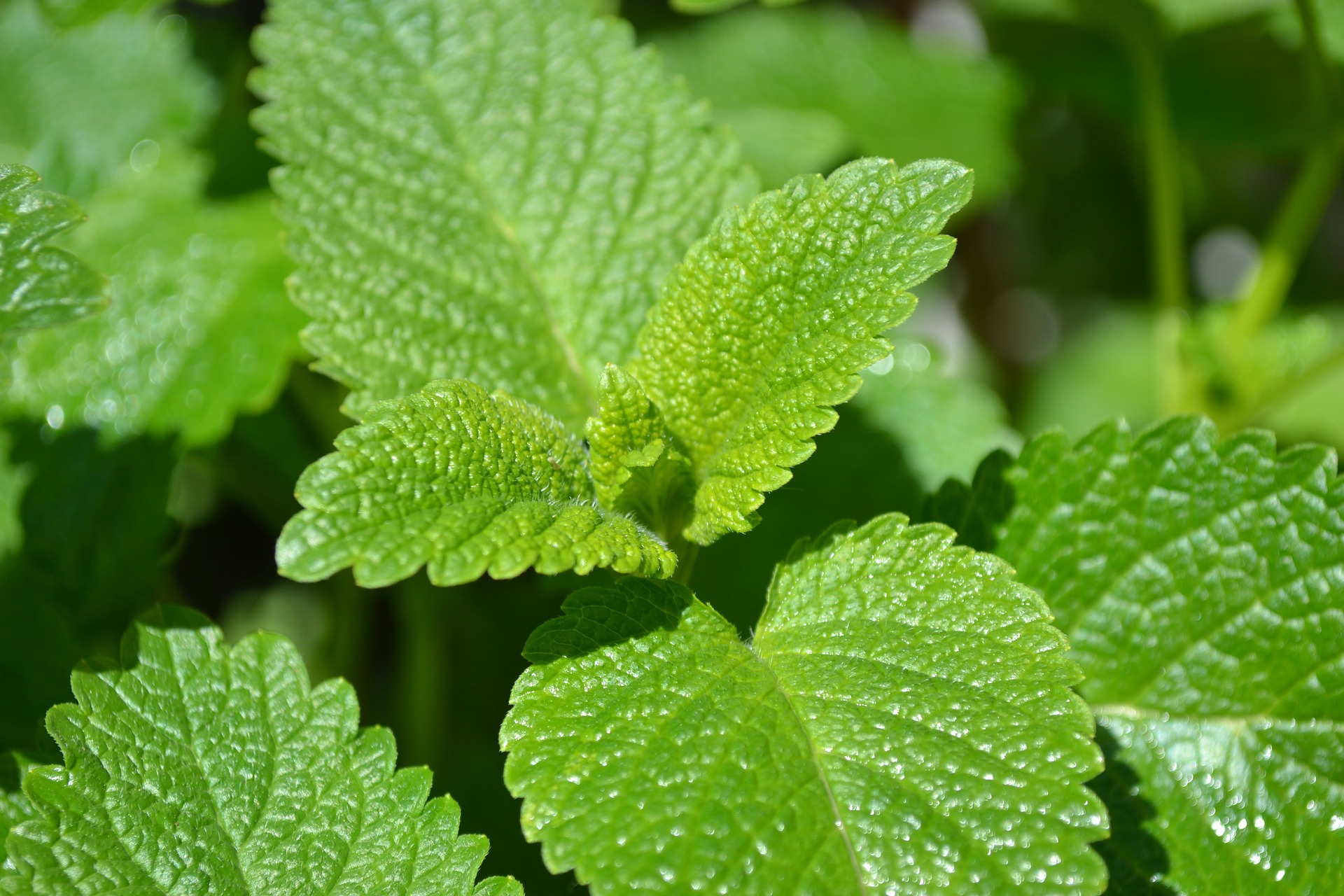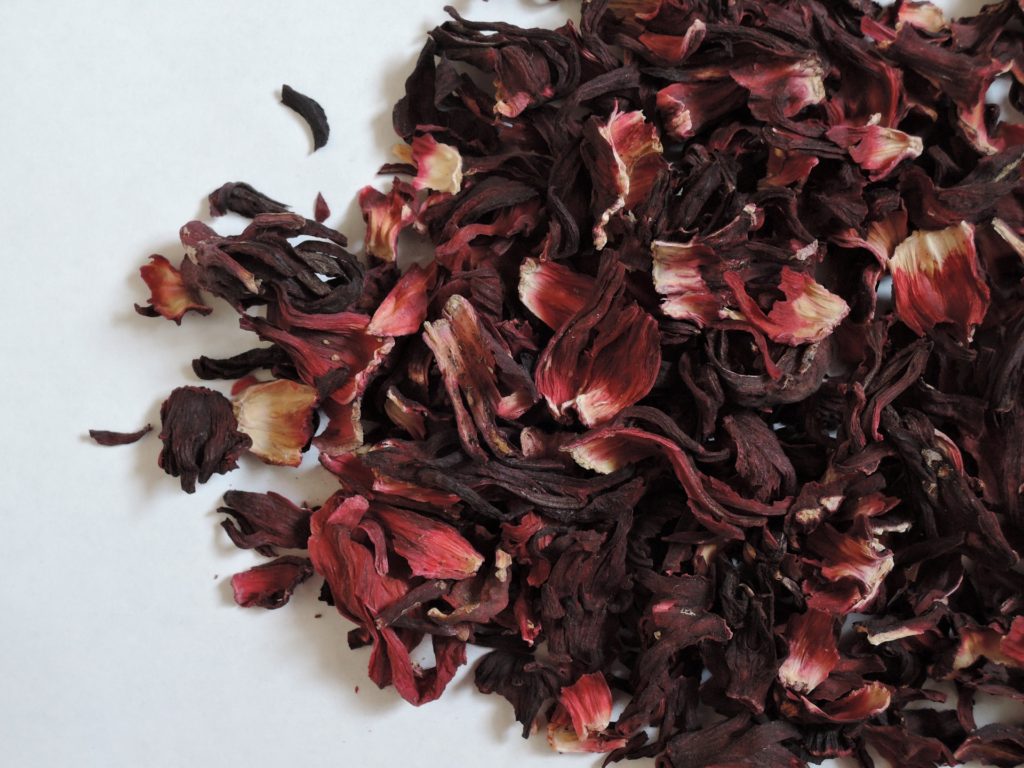
One of the many reasons I love Ayurveda is herbs and how Ayurveda promotes and explains the actions of these plants. My definition of an herb is pretty big and includes many wild edible weeds. Ayurveda sees healing potential in anything made from the five elements. Herbal wisdom in health is not exclusive to Ayurveda, but they are a stakeholder in the value of herbalism.
Eat and drink healthy foods withe herb sand spice as part of a healthy lifestyle, is Ayurveda at its core. Ayurveda teaches that what you do every day builds health or erodes it. The herbal knowledge base of Ayurveda could fill rows of books in the library. Today I want to explore the benefits of using kitchen spice in our foods and drinks.
Herbal Wisdom In Food and Drink
Both Ayurveda, Herbalism, and western medicine all recognize that herbs can provide extra support to specific organs and tissues in the body. Brahmi and bacopa help the brain, Hawthorne and hibiscus support the heart and blood, artichoke, grape leaves and other bitters aid digestion in the liver and gallbladder.
How do you get herbs to help you? Ayurveda teaches delivery systems (anuapana), food, water, oil, and wine as part of herbal wisdom. These vehicles bring herbs that support digestion, balance the dosha, and tonify the tissues into the level of the body where they are most needed. Ayurveda designs delivery systems to be recognizable by the body, close to the area of need and tissue-specific
Cooking With Herbs

Spice your foods every day to support your health. Cooking spices are used in Ayurveda to promote healthy digestion, balance the dosha and seasonal effects. Do you find yourself gravitating towards different spices based on the time of the year- Fresh mint and basil in the summer, turmeric, and chili when it gets a little colder? Many people do this and naturally, help balance the effects of the season on the body.
Ayurveda has long understood and taught that foods in general and herbs in particular act on the physical and energetic body through their rasa taste, virya potency, vipaka, post-digestive effect. Herbs and spice are fabulous functional foods. Understanding these actions is empowering to support recovery and health.
Herbs To Balance Seasonal Effects
A fun way to use spices in your foods is to make a seasonal balancing blend of spice a churna. Keep it in a jar by the stove and add it to one meal each day. Another way is to pour some in a pretty bowl and bring it to the table like you would salt and pepper. Often spice mixes help you incorporate the six tastes into your food each day. Sweet sour salty, pungent astringent and bitter are the six tastes in Ayurveda.
If you are looking for some season balancing spice mix ideas, The Everyday Ayurveda Cookbook by Kate O’Donnell and Eat Taste Heal by Thomas Yarema et al. have seasonal balancing recipes.
Teas (Hot (phanta) and Cold (hima) Infusions With Herbs
Herbal infusions are sometimes called tea, generally, contain no tea leaves. Infusions use water as an anupana to carry the herbs into the body and tissues. Some herbs
3 Infusion Recipes
CCF Tea is a traditional tea for digestive support. Variations of this recipe that I use are all over the internet and in classic cookbooks.
Cumin Coriander and Fennel Tea
Ingredients:
- ¼ tsp of cumin seeds
- ¼ tsp of coriander seeds
- ¼ tsp fennel seeds
Instructions:
- Boil 1 1/2 cups of water
- Add ¾ tsp of the mix of whole cumin, coriander, and fennel seeds.
- Let steep for 5 minutes, or until it cools to comfortable drinking temperature.
- Strain and serve, discarding the spices.

Lemon Hibiscus Tea
2 cups I make this in a big mug then sip it. This infusion is delicious warm or cool.
Ingredients:
- 2 cups boiling Water
- 1/4 Lemon to taste
- One Tb dried hibiscus flower petals in a tea ball
- 1 tsp Honey optional
Instructions:
- Slice Lemon into 1/8 inch rounds
- Bring water to a boil
- Fill tea ball with hibiscus petals
- Add lemon and tea ball to the mug
- Add boiled water.
- Steep for 10 minutes
Water with Lime & Mint Cool Infusion Refresher for when it is hot
Ingredients:
- 2-quart pitcher
- 1.75 quarts of water
- One handful of spearmint about ½ cup rough chopped
- Two limes
Instructions:
- Roll limes to let juice down
- Slice Lime into 1/8 inch rounds
- Chop or bruise the mint
- Add water to a pitcher
- Add mint and stir
- Let stand for several hours
- Enjoy
For additional fun ideas on cold infusions to help you stay hydrated this summer We are designed at a fundamental level to live with and benefit from our interactions with plants. Take advantage of the help herbs can provide.
Plant herbs in your garden, compared with vegetables; many are easy to grow. If a garden is not in your summer plans fill a couple of pots for your window sill or porch for some mint or basil. Use them simply and reap the benefits of herbal wisdom.
This blog is not a substitute for professional medical care, treatment, or advice. All the material here is for learning purposes only. Always share strategy and work with your health care team.
